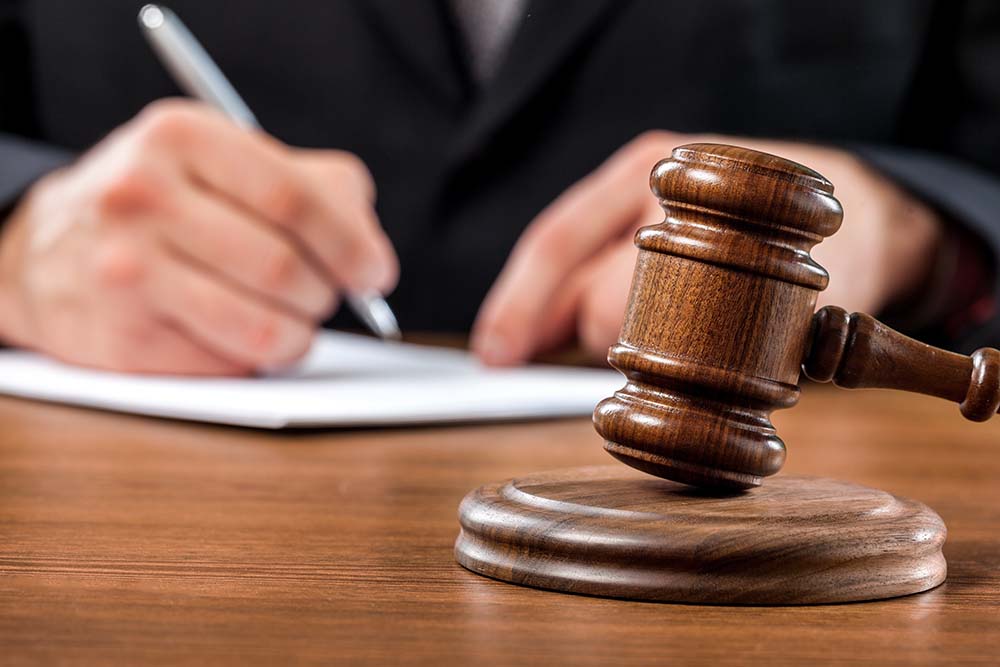Once a person has entered bankruptcy there are a number of stages they have to go through before they can be discharged. Even after their bankruptcy has officially ended, they may have financial commitments they are tied into, although these will vary depending on their circumstances. In this article we explain how long bankruptcy will last for and some of the other processes involved.
How long does bankruptcy last?
In most cases, bankruptcy will last for a 12 month period, after which the individual will be discharged. However, the court can delay the discharge in certain circumstances, for example, if they are not supplying certain information requested by the official receiver.
Being discharged from bankruptcy will mean the majority of their debts will also be written off, although not all, with debts such as student loans, criminal fines and fraud-related debts still payable.
What happens after bankruptcy?

Some of the restrictions put in place during bankruptcy will be also be lifted. This includes being able to apply for £500 credit without having to tell the lender about the bankruptcy and the option to become a company director again.
Three months after being discharged any bankruptcy featured details on the Individual Insolvency Register will usually be removed. If during the bankruptcy the official receiver found the person to be either dishonest or irresponsible the removal of their details could be delayed. This will be actioned by applying bankruptcy restriction undertakings (BRU), although the affected party will be made aware of this fact should it occur.
Will anything else happen after I have been discharged?
For a period of 27 months after being made officially bankrupt, the official receiver can decide what action, if any, should be taken with any equity held in an existing property. The amount of equity will help determine whether it is sold or attached to a charging order. This means if the property is sold or remortgaged at a later date the official receiver will receive the equity back – or if the amount is only small, it may be returned to the seller. Once this has been decided, the receiver has an additional 9 months to action their decision.
If placed onto an income payment arrangement or income payment order during the bankruptcy, this will usually run for 3 years. This means after being discharged the individual will continue to make these payments for up to 3 years after the end of their bankruptcy – although this will depend on when it was started.
Six years after being made bankrupt the details will be removed from the person’s credit file. The debts that were previously on file should also have been removed as the creditors are likely to have updated the details in relation to the bankruptcy. To ensure this has occurred, Equifax, Experian or TransUnion can be contacted to get an updated credit report.
If the bankrupted person was found to have acted dishonestly or were to blame for their debts, in some cases the official receiver may have issued a bankruptcy restriction order or undertaking and your bankruptcy will remain on file until these restrictions have run their course. These can be applied by the official receiver for between 2 and 15 years – longer restriction lengths are normally the severe end of the scale and are usually associated with high levels of criminal activity.
Finally, details of the bankruptcy will be published in The Gazette, the UK’s official public record. These can be accessed online at any time, although it cannot be used by lenders when it comes to making a decision about providing credit.
How does bankruptcy affect credit reports?

After entering into bankruptcy, it will remain on the credit report for a period of 6 years, or until the individual is discharged, should this take longer.
During bankruptcy people are able to apply for credit (for amounts of £500 or more they must tell the lender about your financial status), although it will prove more difficult to secure and failed applications will further damage their credit score.
If successful in securing a new line of credit while bankrupt they are likely to be charged a higher rate of interest as they will be viewed as a high-risk customer. Once the bankruptcy has been removed from the credit file, lenders are still likely to ask if they have been made bankrupt in the past.
Anyone unsure about whether or not they are still classed as bankrupt can contact Experian, Equifax or TransUnion to request a free credit report. They can also ask the official receiver for the bankruptcy to provide clarity on their status too.
Last Updated on September 1, 2023

